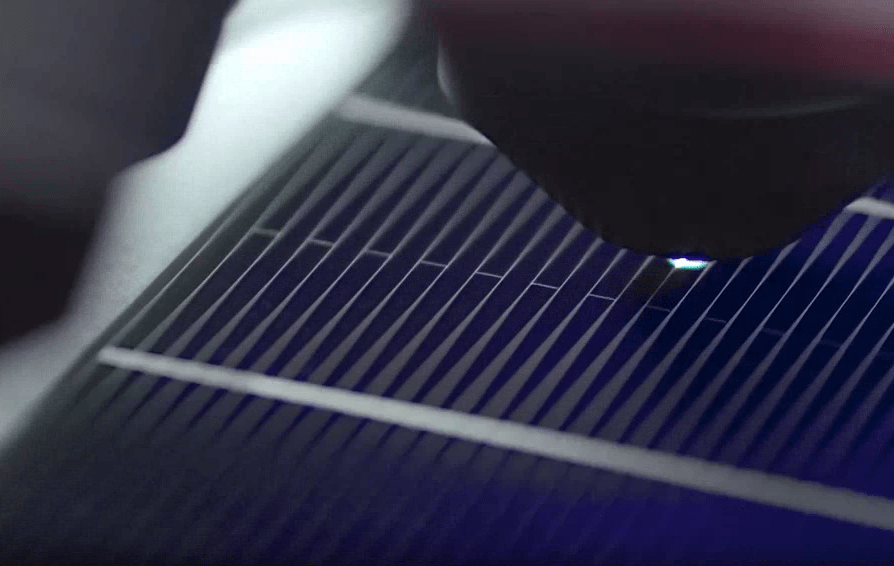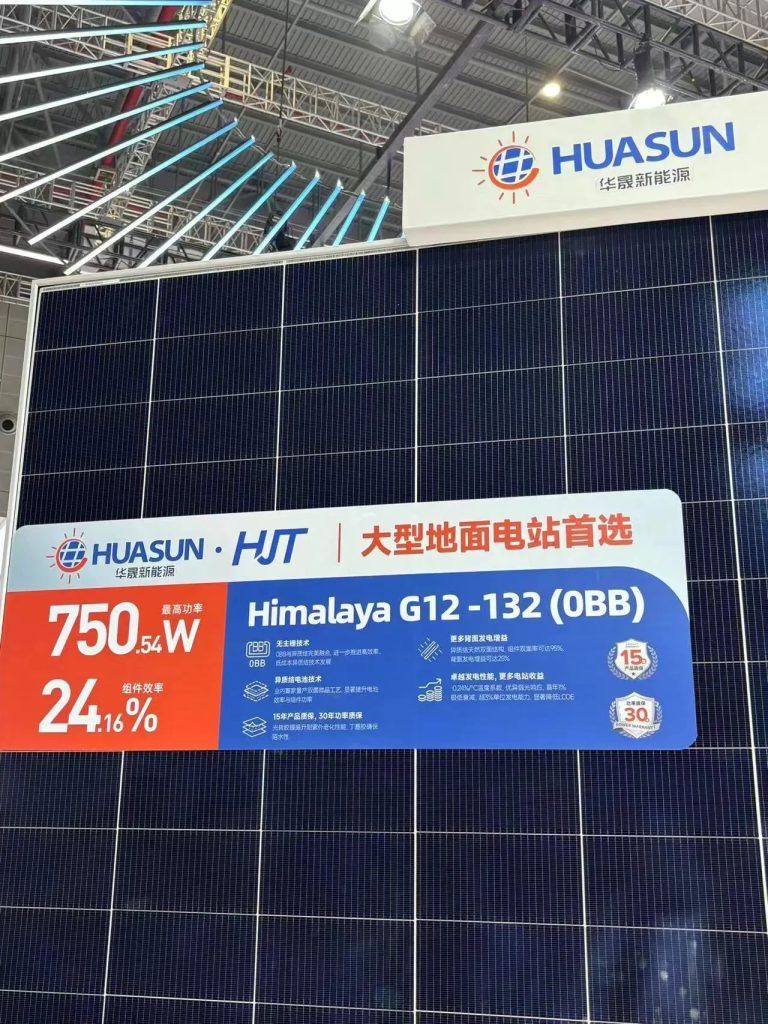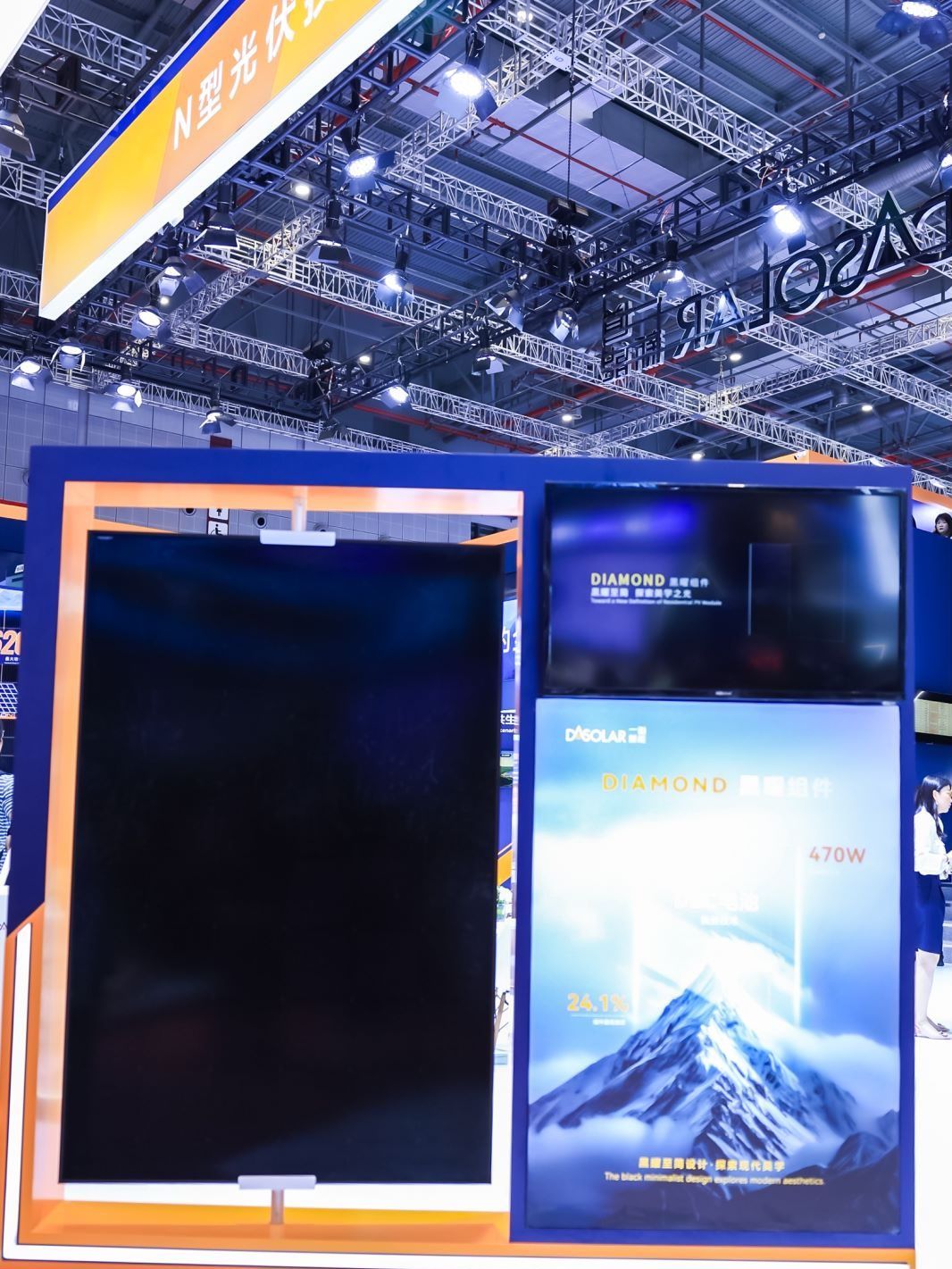In 2023, the solar industry was abuzz with the breakthrough of busbar-free technology, known as 0BB or ZBB. By 2024, these busbar-free solar modules had become a highlight at major solar exhibitions like SNEC PV Power Expo Shanghai.
Just like many high-efficiency technologies in the history of solar PV, 0BB quickly transitioned from a new innovation to widespread adoption, driving significant advancements in the industry.

What is a Busbar in Solar Cells?
Busbars are parallel lines on the surface of solar cells that collect and convert solar energy into electricity. Over the years, the number of busbars increased from 2BB to as many as 21BB. This increase aimed to reduce silver usage while enhancing the cell’s ability to collect electrical current, thus improving efficiency.
However, more busbars also bring challenges:
- Higher Resistance: More busbars mean higher series resistance.
- Reduced Light Absorption: Busbars occupy surface area on the cells, reducing the area available for light absorption, which can impact efficiency and power output.
The Emergence of 0BB/ZBB Technology
What is 0BB/ZBB?
Busbar-free technology, also known as 0BB (Zero Busbar) or ZBB (Zero Busbar by Astronergy), eliminates the front-side busbars on solar cells. Instead, the module’s ribbons collect the current from the fine gridlines and interconnect the cells. This innovation reduces costs and boosts efficiency.
Key Benefits of 0BB/ZBB
- Cost Savings: Eliminating busbars can save about 30-50% of silver used in each cell.
- Increased Efficiency: Without busbars, there is less shading on the cells, improving the cell-to-module (CTM) ratio and overall efficiency.
- Thinner Wafers: The use of flexible connection processes is compatible with thinner wafers, promoting further cost reductions.
- Enhanced Stability: More contact points between the ribbons and gridlines reduce losses due to microcracks, enhancing product stability.
Impact on Solar Technologies: HJT, TOPCon, and BC
0BB technology is crucial for competing technologies like HJT (Heterojunction), TOPCon (Tunnel Oxide Passivated Contact), and BC (Back Contact) because it can be applied across these platforms.
Using 0BB can reduce the cost of silver paste by:
- 0.01 RMB/W for TOPCon
- 0.04 RMB/W for HJT
In a fiercely competitive PV industry, technological advancement and cost reduction are essential to stay ahead.
Industry Adoption of 0BB/ZBB
By 2023, the industrialization of 0BB technology was already in motion. By 2024, most leading manufacturers had launched mass-produced 0BB products.
HJT Domain
- Risen Energy: In April 2023, they completed their first 4 GW high-efficiency 25.5% HJT 0BB cell production line.
- Huasun Energy: In April 2024, they introduced new 0BB high-power HJT modules.
- Cando Solar: In May 2024, they launched the “Firm-Light-HJT-0BB” series products.
- Others: Companies like Trina Solar, Winhitech, Jetion Solar, and Sumec showcased their 0BB HJT modules at SNEC 2024.

TOPCon Domain
- DAS Solar: In August 2023, they integrated their TOPCon 3.0 Puls busbar-free technology into mass production. At the 2024 SNEC exhibition, they introduced more mature 0BB modules.
- Astronergy: In December 2023, their ASTRO N7s modules with ZBB-TF technology entered mass production.
- Others: Companies like JA Solar, Solar N Plus, DAH Solar, Eging, Hanersun, and Risen Energy showcased their 0BB TOPCon modules.

BC Domain
- Aiko: In 2024, they launched their ABC full-screen products with high-reliability 0BB interconnection technology at the SNEC exhibition, increasing module efficiency to over 25%.
Conclusion
The adoption of 0BB/ZBB technology is driving cost reductions and efficiency improvements in the solar PV industry. While not the sole factor, the successful mass production of 0BB will impact the competitive landscape of TOPCon, HJT, and BC technologies. As the industry evolves, maintaining technological advancement and cost efficiency will be crucial to staying competitive.


